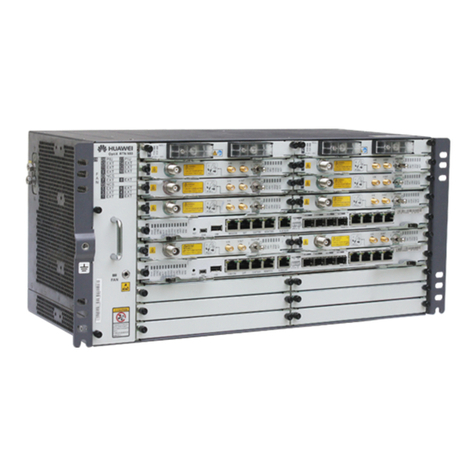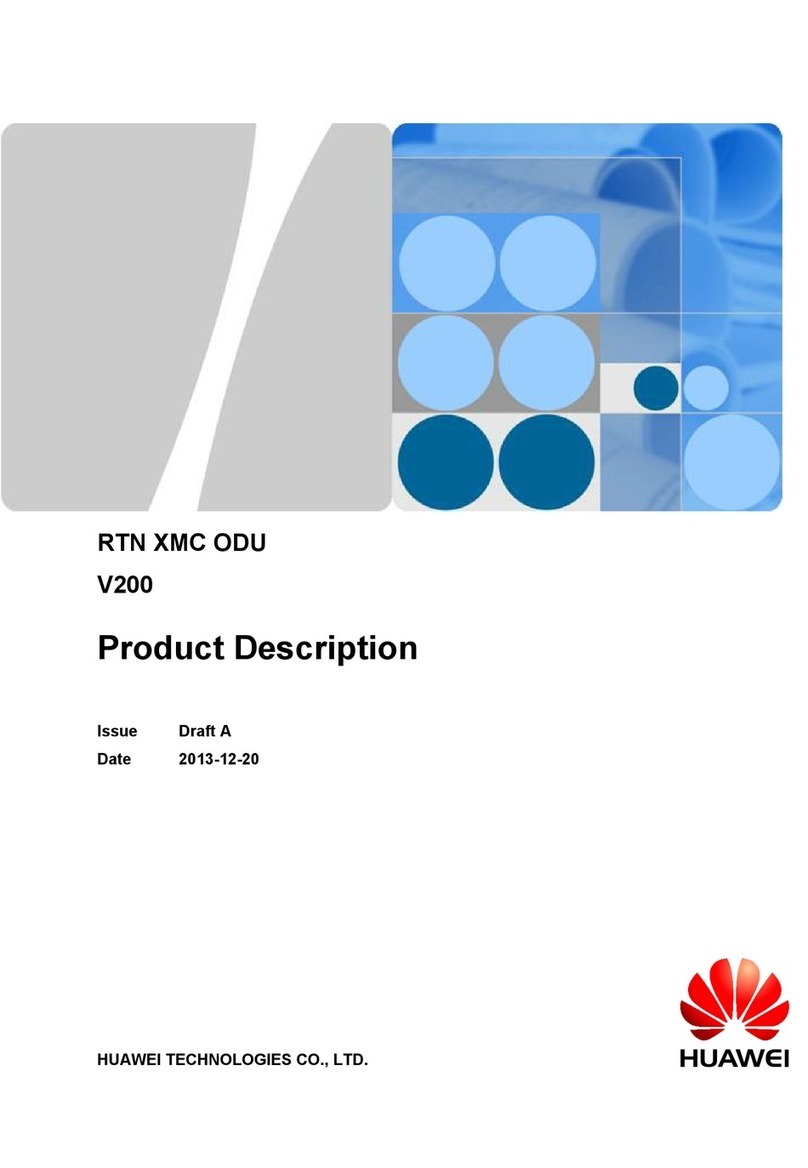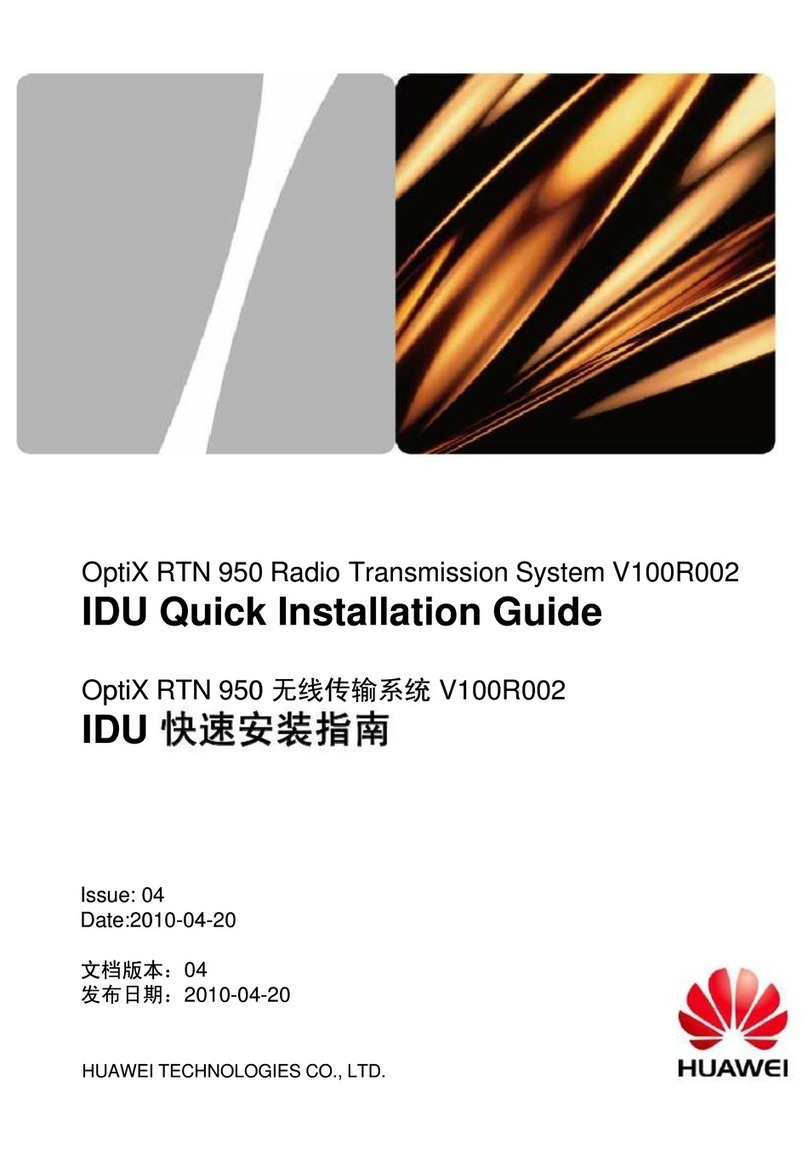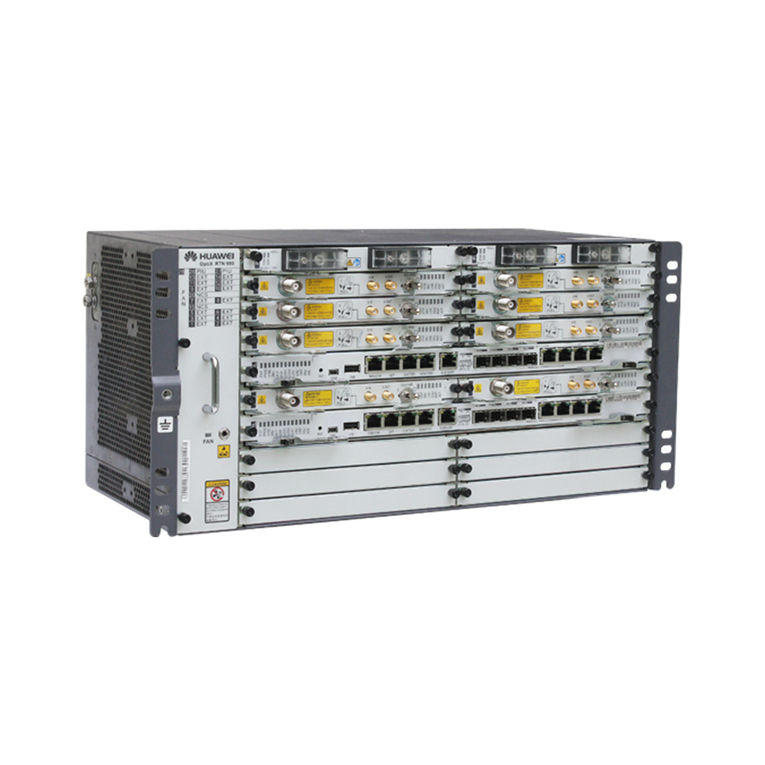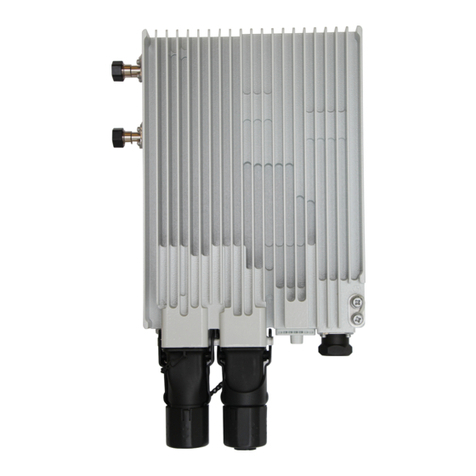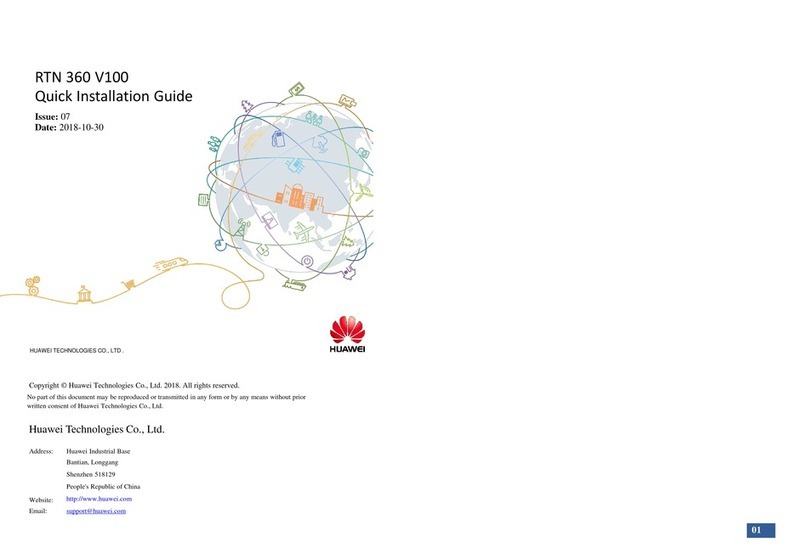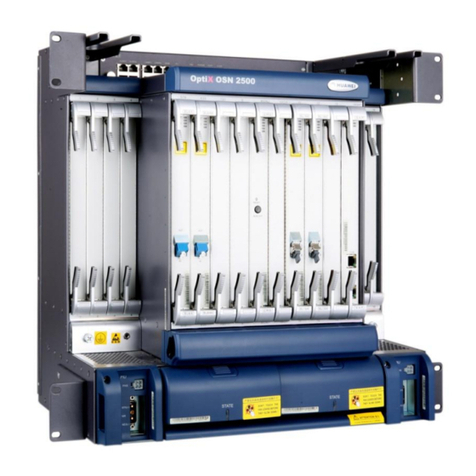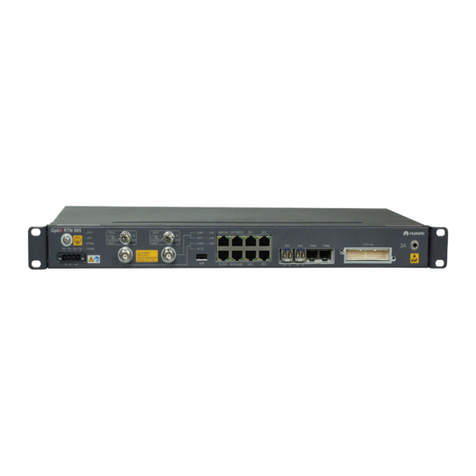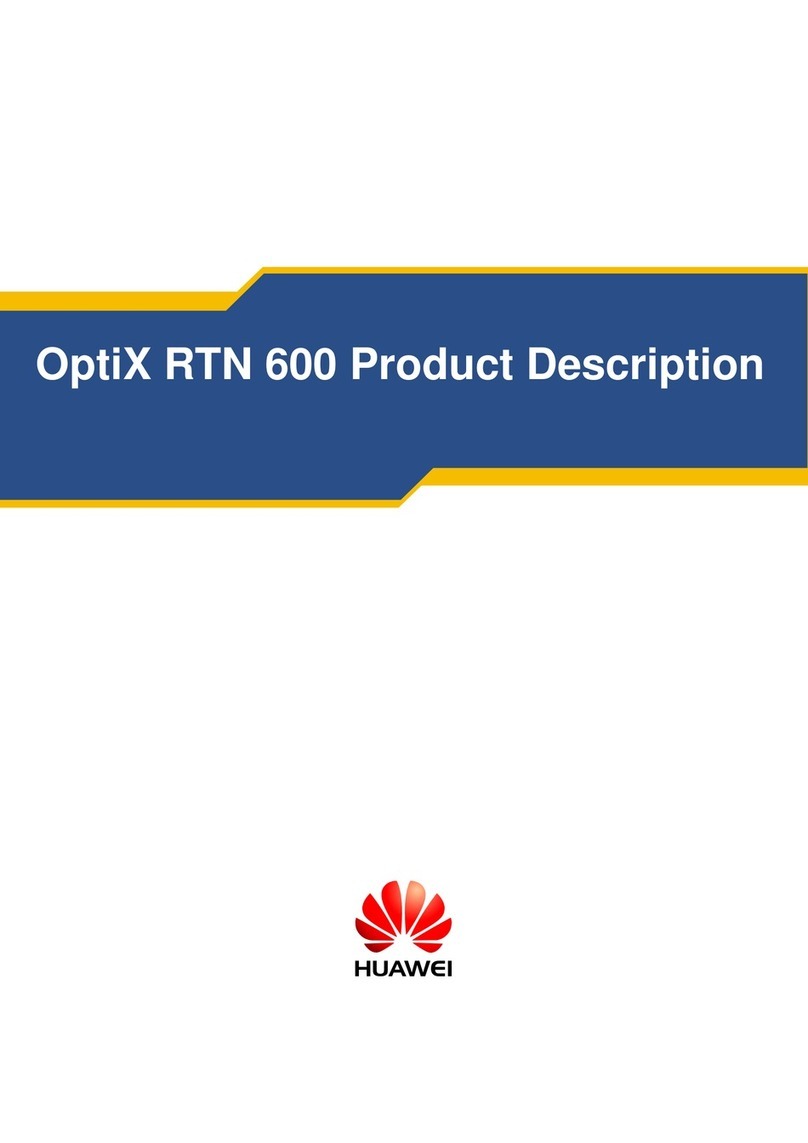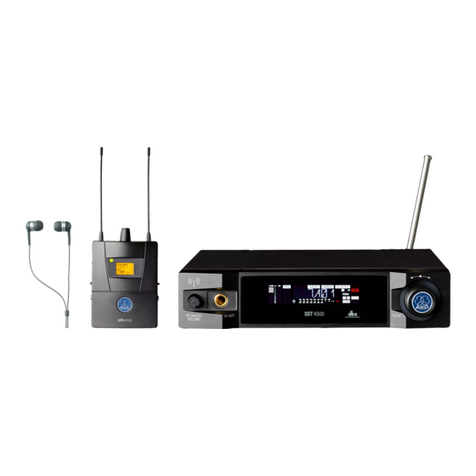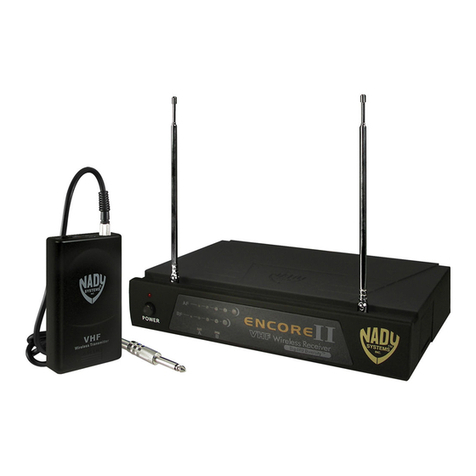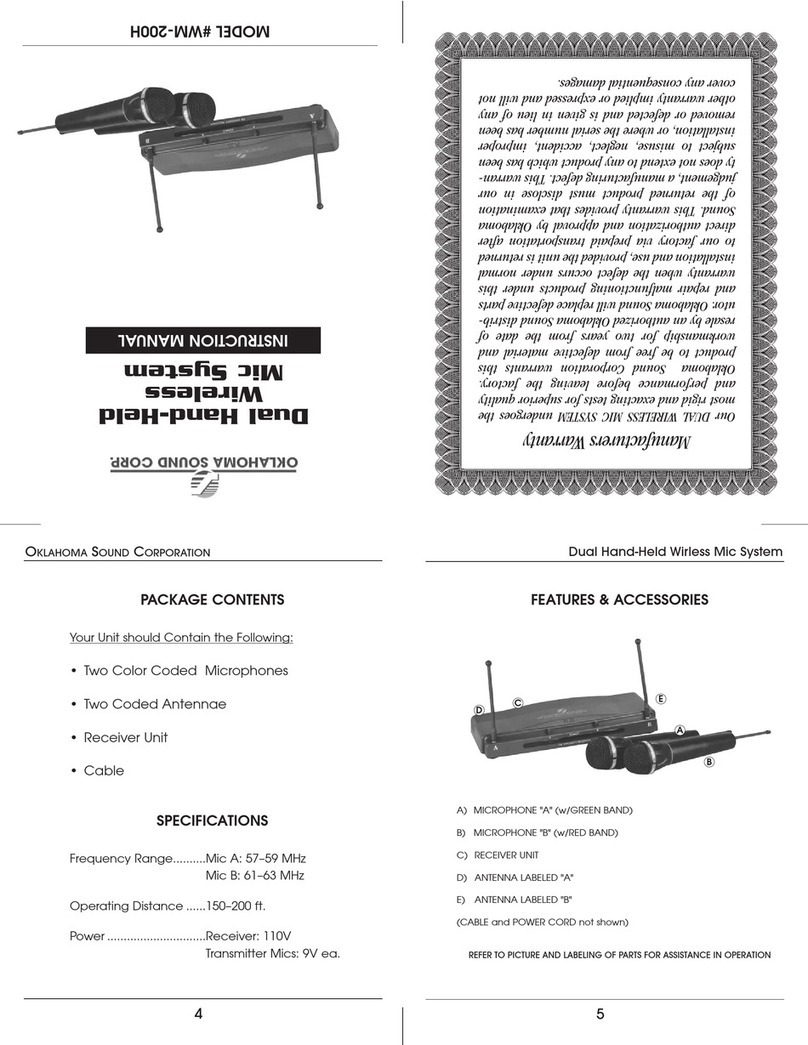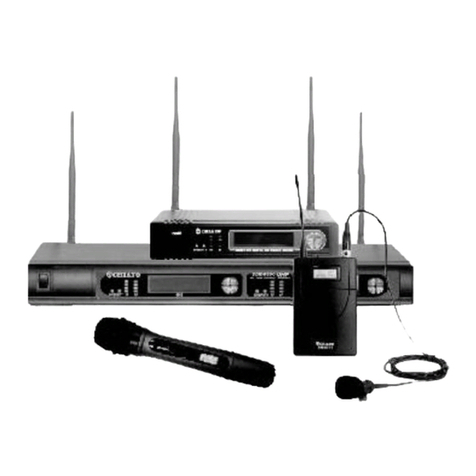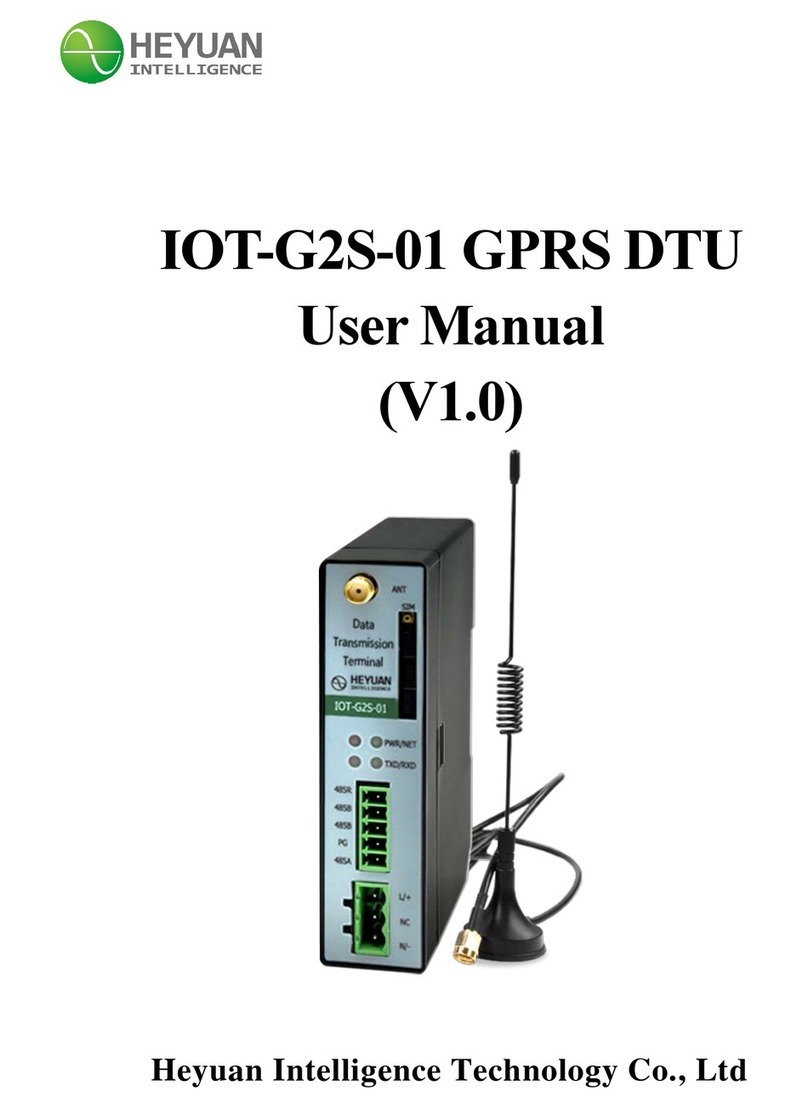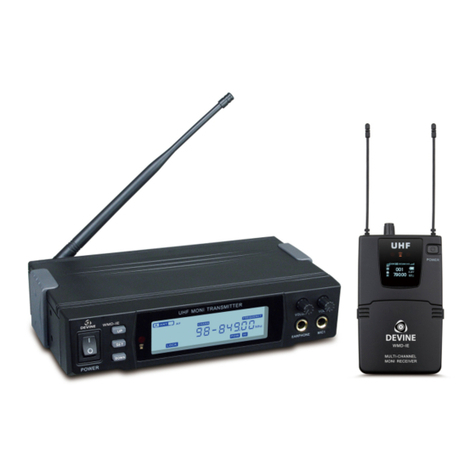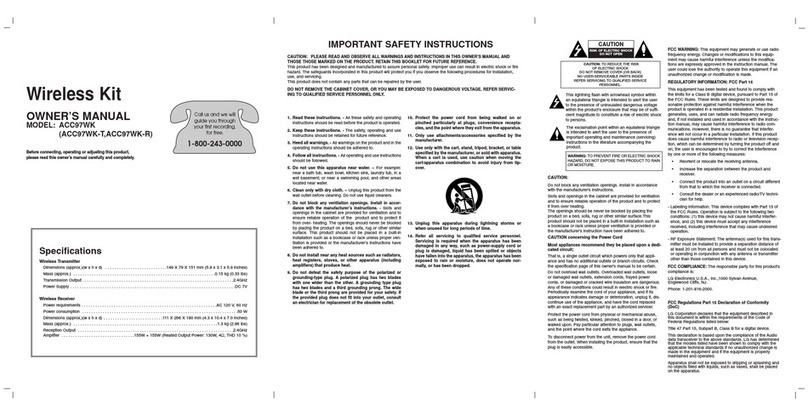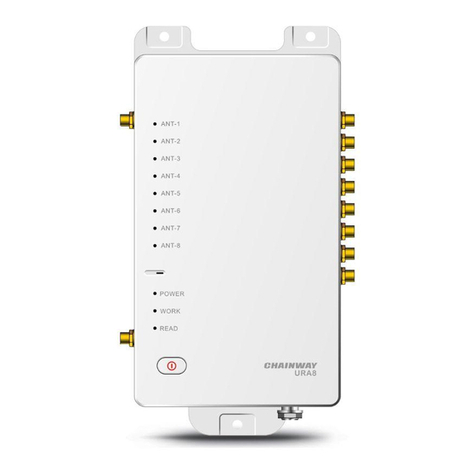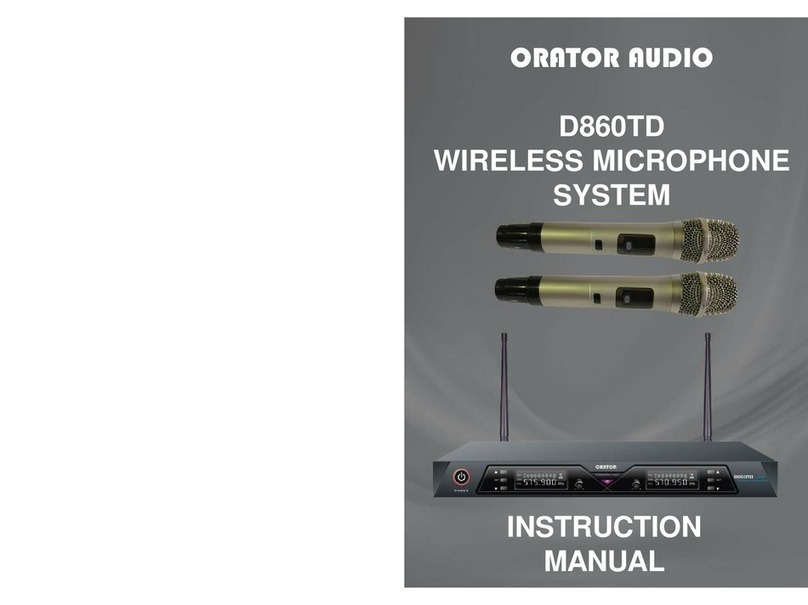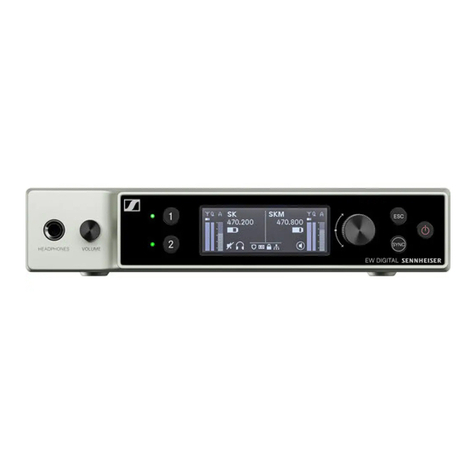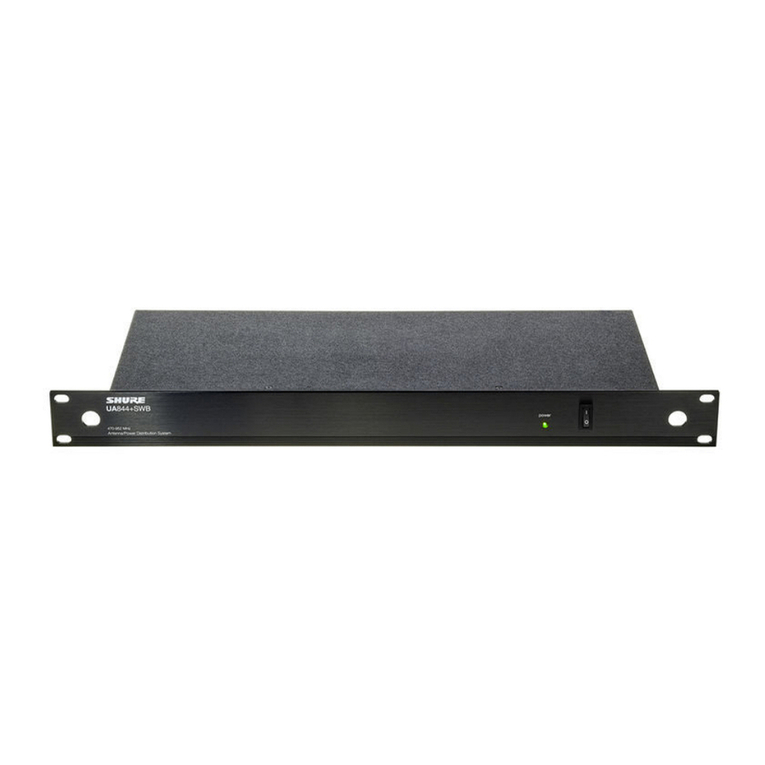
3.4.3 Per-NE Configuration Process.............................................................................................................3-17
3.4.4 End-to-End Configuration Process.......................................................................................................3-19
3.5 Configuring 1:1 Linear MSP Services..........................................................................................................3-21
3.5.1 Networking Diagram............................................................................................................................3-21
3.5.2 Signal Flow and Timeslot Allocation...................................................................................................3-21
3.5.3 Per-NE Configuration Process.............................................................................................................3-22
3.5.4 End-to-End Configuration Process.......................................................................................................3-25
3.6 Configuring Two-Fiber Unidirectional MSP Services..................................................................................3-26
3.6.1 Networking Diagram............................................................................................................................3-27
3.6.2 Signal Flow and Timeslot Allocation...................................................................................................3-27
3.6.3 Per-NE Configuration Process.............................................................................................................3-29
3.6.4 End-to-End Configuration Process.......................................................................................................3-35
3.7 Configuring the Two-Fiber Bidirectional MSP Services..............................................................................3-37
3.7.1 Networking Diagram............................................................................................................................3-37
3.7.2 Signal Flow and Timeslot Allocation...................................................................................................3-38
3.7.3 Per-NE Configuration Process.............................................................................................................3-39
3.7.4 End-to-End Configuration Process.......................................................................................................3-42
3.8 Configuring Services on the SNCP Ring......................................................................................................3-44
3.8.1 Networking Diagram............................................................................................................................3-45
3.8.2 Signal Flow and Timeslot Allocation...................................................................................................3-45
3.8.3 Per-NE Configuration Process.............................................................................................................3-46
3.8.4 End-to-End Configuration Process.......................................................................................................3-49
3.9 Configuring Services on the SNCP Ring with a Non-Protection Chain.......................................................3-51
3.9.1 Networking Diagram............................................................................................................................3-52
3.9.2 Signal Flow and Timeslot Allocation...................................................................................................3-53
3.9.3 Per-NE Configuration Process.............................................................................................................3-54
3.9.4 End-to-End Configuration Process.......................................................................................................3-59
3.10 Configuring Service on the MSP Ring with a Non-Protection Chain.........................................................3-61
3.10.1 Networking Diagram..........................................................................................................................3-62
3.10.2 Signal Flow and Timeslot Allocation.................................................................................................3-63
3.10.3 Per-NE Configuration Process...........................................................................................................3-63
3.10.4 End-to-End Configuration Process.....................................................................................................3-66
3.11 Protection Configuration Parameters..........................................................................................................3-68
3.11.1 SNCP Configuration..........................................................................................................................3-68
3.11.2 Configuring the Multiplex Section Protection...................................................................................3-69
4 Configuring Ethernet Services................................................................................................4-1
4.1 Service Types..................................................................................................................................................4-3
4.2 Basic Concepts................................................................................................................................................4-7
4.2.1 Formats of Ethernet Frames...................................................................................................................4-8
4.2.2 Internal Ports and External Ports..........................................................................................................4-11
4.2.3 Auto-Negotiation..................................................................................................................................4-11
4.2.4 Flow Control........................................................................................................................................4-13
OptiX OSN 550 Multi-Service CPE Optical Transmission
System
Configuration Guide Contents
Issue 02 (2011-06-30) Huawei Proprietary and Confidential
Copyright © Huawei Technologies Co., Ltd.
vii
